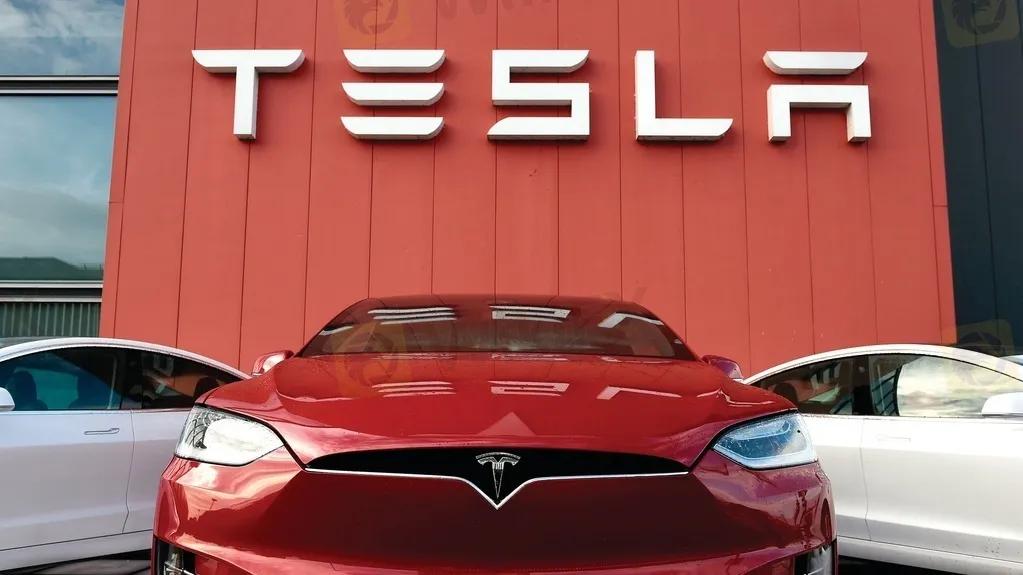简体中文
繁體中文
English
Pусский
日本語
ภาษาไทย
Tiếng Việt
Bahasa Indonesia
Español
हिन्दी
Filippiiniläinen
Français
Deutsch
Português
Türkçe
한국어
العربية
Should you buy Tesla stock?
Abstract:Investors can’t seem to get enough news about Tesla and quirky billionaire CEO Elon Musk.

Investors cant seem to get enough news about Tesla and quirky billionaire CEO Elon Musk.
But as with so many momentum stocks that capture Wall Streets attention, the million-dollar question for Tesla Inc. is “what have you done for me lately?”
This quarterly review of TSLA stock aims to get past the overhang of previous performance or flashy tweets from its chief executive to dig into the actual numbers of this rapidly growing business — and more importantly, how those metrics are shaping up versus the competition.
Tesla is, in many ways, a stock that‘s in a class by itself. And even if it weren’t, investors would need to remember that sometimes it‘s not easy to compare apples to apples between any single company and its rivals. Consider this a reminder to do your own research and make an informed decision based on your individual needs, other news and numbers beyond what’s in this recap.
With that out of the way, let‘s begin with the basics: Tesla isn’t quite the momentum darling it was in years past. And worse, with a 52-week high of about $900 a share and a current price in the low-$600s, it may be possible to make the case that Tesla hasnt just slowed down but has actually shifted into reverse.
That may not be great for the bulls to hear, but its an important starting point.
There are certainly risks to Tesla, particularly given the challenges for automakers lately as they continue to fight through supply-chain disruptions caused by the pandemic and the specter of rising inflation continues to concern both policymakers and investors.
Based on recent statistics, however, it‘s highly unlikely Tesla is going to fall apart anytime soon. No stock goes up forever in a straight line, but the long-term uptrend for shares coupled with a few objectively impressive numbers mean we can quibble about short-term trends — but you can’t sink TSLAs stock.
Tesla has a market capitalization of about $600 billion, more than the entirety of its top competitors combined. In fact, thanks to its inclusion in the S&P 500 index in December, its one of the 10 largest stocks in this leading index.

Outside of market cap, however, legacy automakers have more tangible assets both when it comes to their massive facilities as well as cash on their books. But in a fast-evolving industry like electric vehicles, investors are willing to pay a premium for a stock they think will be dominant down the road — and are increasingly eager to discount the most established names, regardless of their current balance sheets.

Though Tesla saw roughly double the number of cars and SUVs sold, sales as measured by revenue increased only by about 74%. And taken alongside the significant dip in operating margin year-over-year, this paints the picture of Tesla making less money per vehicle as it grows — even as legacy automakers saw their margins expand at the same time.

To be clear, the naysayers have been wringing their hands about Tesla‘s profit potential for years, so many of the bulls are likely to roll their eyes yet again over this criticism. After all, Nio isn’t profitable at all but has still managed to rack up an 877% gain in the stock market over the past 12 months.
However, it‘s hard to argue Tesla and Nio are “equals.” After all, the bulls love to tout the former’s recent S&P inclusion and massive market value … so when exactly does that mean it has to play by the rules of profitability and margins that mature automakers have to worry about?
Based on recent share-price movements, it seems Wall Street is increasingly concerned with these old-school issues when it comes to Tesla and not just willing to grant Elon Musk & Co. a free pass based on vehicle sales alone.
Free cash flow is one area where Tesla has shown it is making strides. Cash-flow generation is prioritized by many investors in a high-tech global economy where the time value of money is not insubstantial. That is doubly true for a growth-oriented company like Tesla that needs significant free cash today if it wants to hit ambitious operational targets.
Based on the last 12 months, then, Tesla has given Wall Street reason to be encouraged as free cash flow didn‘t just stay positive but expanded significantly. That’s a huge plus considering the negative numbers from its peers on this list.
If you‘re more traditional and prefer metrics like operating margin and cash flow, Tesla’s current listless share price may seem appropriate. And if you‘re an aggressive growth investor more worried about future EV dominance than last quarter’s profitability, you may think Wall Street is once again missing the real story.
- END -

Catch up with the latest market trend on WikiFX!

Disclaimer:
The views in this article only represent the author's personal views, and do not constitute investment advice on this platform. This platform does not guarantee the accuracy, completeness and timeliness of the information in the article, and will not be liable for any loss caused by the use of or reliance on the information in the article.
WikiFX Broker
Latest News
Interactive Brokers Launches Forecast Contracts in Canada for Market Predictions
Authorities Alert: MAS Impersonation Scam Hits Singapore
INFINOX Partners with Acelerador Racing for Porsche Cup Brazil 2025
Billboard Warns of Crypto Scams Using Its Name – Stay Alert!
The Impact of Interest Rate Decisions on the Forex Market
STARTRADER Spreads Kindness Through Ramadan Campaign
Rising WhatsApp Scams Highlight Need for Stronger User Protections
A Trader’s Worst Mistake: Overlooking Broker Reviews Could Cost You Everything
How a Housewife Lost RM288,235 in a Facebook Investment Scam
The Daily Habits of a Profitable Trader
Currency Calculator







